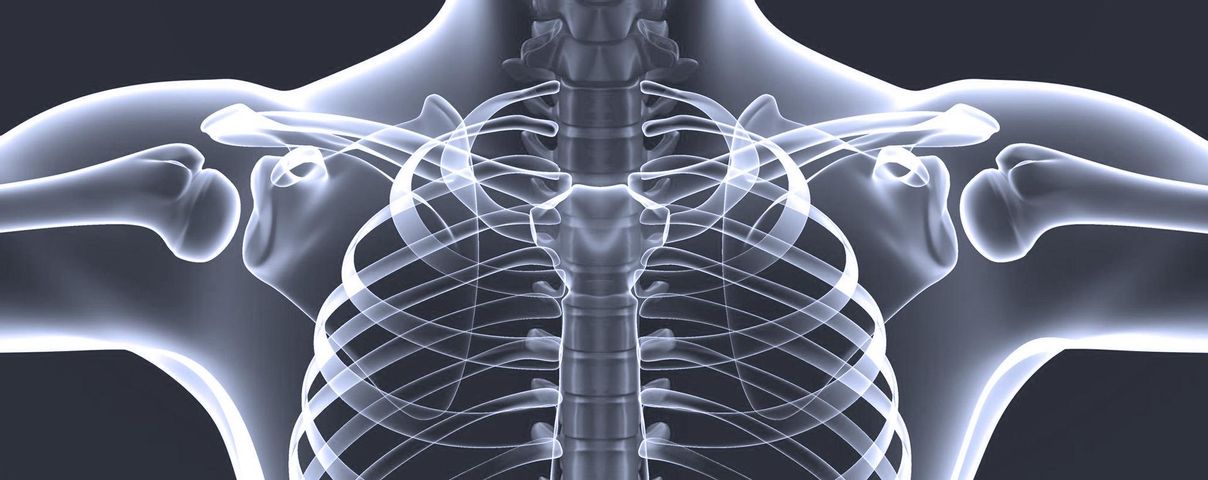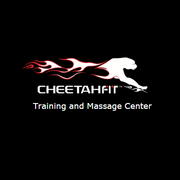Full Range of Motion Exercise for Joint Stiffness

Many people fail to recover completely after a significant trauma or injury to a joint (shoulder, knee, ankles, spinal vertebrae, wrist). These people have an abnormal tissue called arthrofibrosis which is excessive scar formation/adhesions in the surrounding soft tissues and within the joint itself which causes joint stiffness.
Arthrofibrosis is often the underlying cause of limited range of motion in shoulder, elbow, knee and ankle accompanied by pain. This condition can persist in spite of rehabilitation exercises and/or stretching. In the knee for example, the consequent pain may lead to the extensive quadriceps weakness, patellar adaptive shortening of the patellar tendon and even scarring in the tissues around the knee cap all of which can cause the knee cap to move out of place where joint surface damage can occur.
Range of Motion (ROM) is used to describe the amount of movement you have at each joint. Range of motion exercises reduce stiffness and keep your joints mobile and flexible. At The Cheetahfit Personal Training Center, we understand that the only way to achieve full range of motion in a joint is to perform rotational exercises.
Unfortunately, most exercise programs are based on bilateral exercise choices (squats, overhead press, bench press, lat pull downs, pull ups, etc) so they do not even approach 50% of joint ROM in most cases. This means that even a healthy joint will likely not remain so given these partial range of motion challenges. This also means there will be underlying lubrication and tension issues for your body structure generated by this type of programming even though it can create a muscular looking body.
Joints maintain their normal range of motion by moving them. It is very important to move every day, because stiff joints can cause pain and make it hard for you to do normal daily activities. Our trainers understand that every client has different abilities and we develop ROM, spiral dynamic programs tailored for your individual needs and joint longevity.
The human body is complex and to stay healthy requires a fair amount of ROM exercises on a regular basis. Some of these can be performed by yourself but it is always best to work with an eyes on professional who can make adjustments to position, load, angles, muscle firing sequences etc. The most helpful exercises include elements of spiral and elliptical motions which are natural to the body.
Added benefits to more than doubling your range of motion via exercise selection includes more muscle engagement leading to better function, increased muscle metabolism and more expansive neurological connections. This all translates to longevity and injury prevention as well. Most injuries like rotator cuff tears and ACL tears happen at the far end of ROM with a rotational movement. If we never go near full range of motion or include rotational force training elements in our programs, how injury proof are we really? Squatting 400 pounds does little to protect the knee from a backwards twisting fall that tears the ACL whereas a knee distraction exercise with the right elements can prevent that injury with 5% of the load applied consistently in the gym.
In addition to preserving joint function, range of motion exercises are important part of a warm up and stretching and should be done before performing any physical activity. Our highly qualified trainers at The Cheetahfit Personal Training Center can provide you with instructions on how to perform full range of motion exercises with proper spiral dynamics.
About the Business
Have a question? Ask the experts!
Send your question

